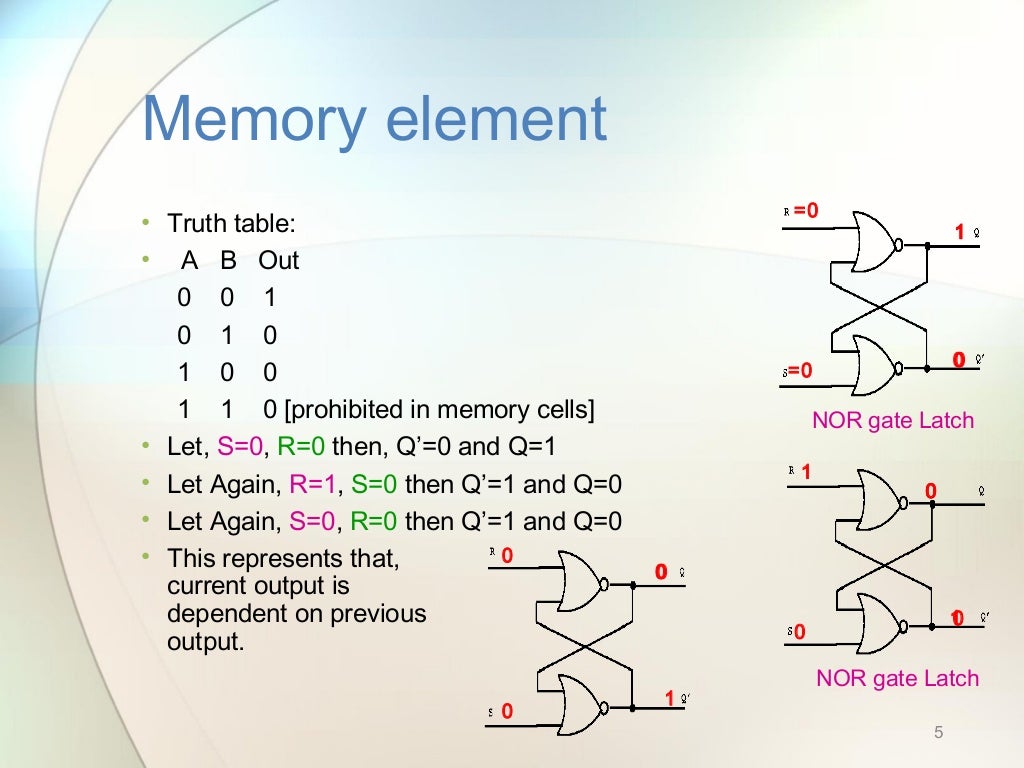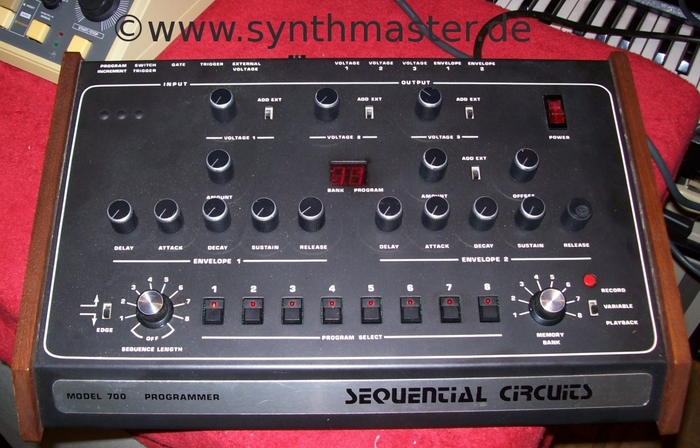


It was easy to connect into the system in various ways since it was equipped with 1/4" jacks, and the programmable DADSR envelope generators were a nice addition, although the programmable steps (64 for each segment) were a little coarse. I used it to give the Moog 55 some quick programmability, and got a fair amount of fun out of it over the years. I picked up my first Model 700 in Sacramento in the early 80's, where I found it sitting dusty and unloved in the corner of a store, for $75. If you hold your head at the proper angle and squint your eyes at it just so you can sort of see some the control panel for the P5 lurking there, just under the surface. Although there's no way to set various wave forms or mix or mute individual oscillators, this was still a big step forward for those Brave Souls grappling to successfully control a Minimoog or the like in the heat of a live performance. Switches for each oscillator allowed the inclusion of an external CV source like a sequencer (perhaps the Model 800, eh?) and the filter envelope section included an offset control for initial filter tuning. There are three quantized CVs that can control oscillator pitch, and two programmable envelope generators (including delay) that can control the filter and final VCA. The unit has 64 user definable presets to control various key aspects of the host synthesizer. The Digital Sequencer was apparently well-shielded against such real world hazards as cake frosting and delicious candies, while the Programmer appears somewhat less ready to deal with such tasty dangers.

After which, one assumes that they had a nice party to celebrate. The address for this ad shows yet another location for the early operations of the company before they settled into their main headquarters on North First Street in San Jose. Oberheim had been building a digital/analog hybrid sequencer since 1974, and offered a rudimentary programmer as an addition to their four and eight voice polyphonic systems, but not as a stand alone device to control other synths. These devices both offered an interesting alternative to what Oberheim was offering at the time. Here's an early ad featuring no less than Undisputed Minimoog King Rick Wakeman, not too shabby of an endorsement for a fledgeling company that at this point appears to be based at yet another interim address in Silicon Valley, possibly one of Dave Smith's apartments.Ĭompanies did a fair amount of wanderin' back in those days, it would seem. Print ads from back in the 70's show the unit along with Sequential's other product at the time, the model 800 Digital Sequencer. Designed to be hooked up to a Minimoog ( or other CV controlled synth) it's easy to see how this unit was the seed of the concept that eventually led to the creation of the P5. An interesting and under-appreciated one is the Model 700 programmer. MIDI, which had been developed and given a substantial push by none other than Dave Smith, was just around the corner, and the final revision of the synth (Rev 3.3) came with MIDI installed, making it a formidable tool even in today’s modern computer-based studios.Before they became world famous for creating the Prophet 5 synthesizer, Sequential Circuits built accessories for popular synths. Shown to the enthusiastic attendees of the 1978 NAMM show, the Prophet-5 went immediately into backorder. The ‘-5’ was added to denote the number of voices it could play (chosen because it would stand out from the popular evenly-voiced Oberheim polyphonic synths on the market). The results of these endeavours eventually came in the form of a programmable polyphonic synth called - in suitably 70s style - the ‘Prophet’. Smith had already made inroads into programmability with his Model 700 Programmer, an add-on accessory that allowed partial parameter recall of an attached analogue synthesiser.

The first was solved when Smith struck a deal with E-mu’s Dave Rossum, whose polyphonic keyboard design skills were acquired in exchange for future royalties.


 0 kommentar(er)
0 kommentar(er)
